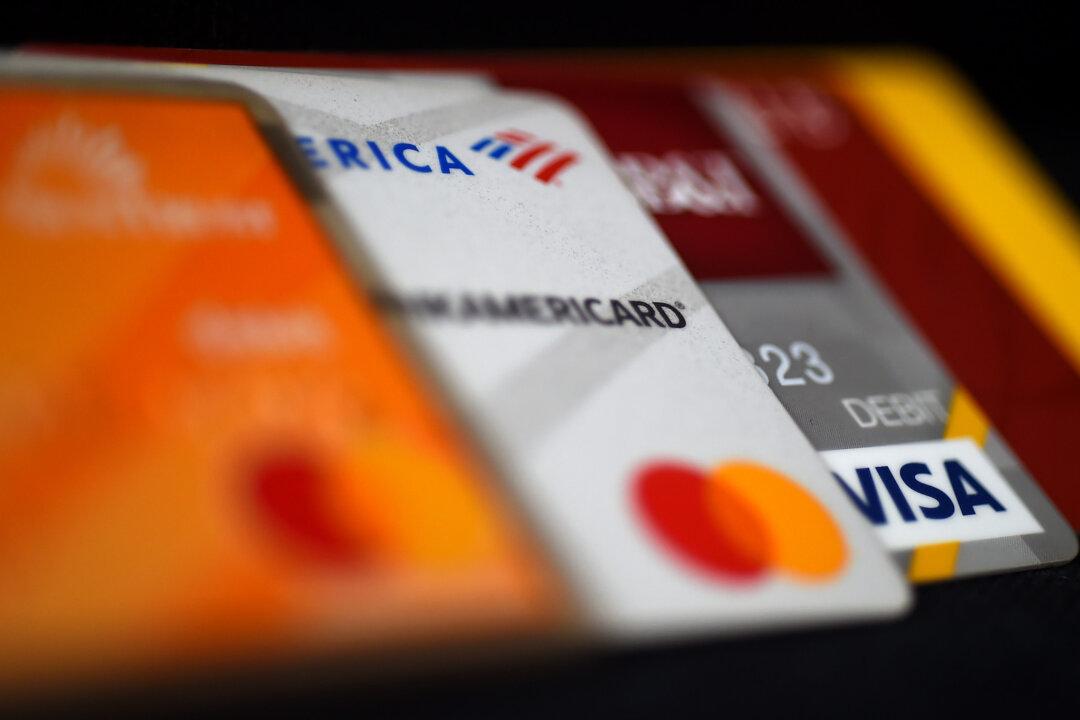Macy’s has said that credit card delinquencies among its customers have risen sharply, while warning that American consumers seem to have hit a rough patch—with more pain likely to come.
Adrian Mitchell, Macy’s chief operating officer and chief financial officer, told analysts on an earnings call on Aug. 22 that the company expected to see consumers under more financial pressure as the Federal Reserve scrambled to contain multi-decade-high inflation by hiking interest rates quickly.





